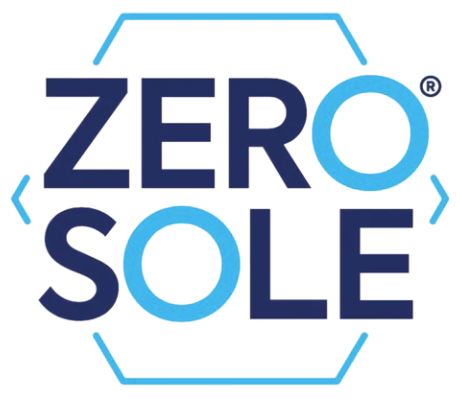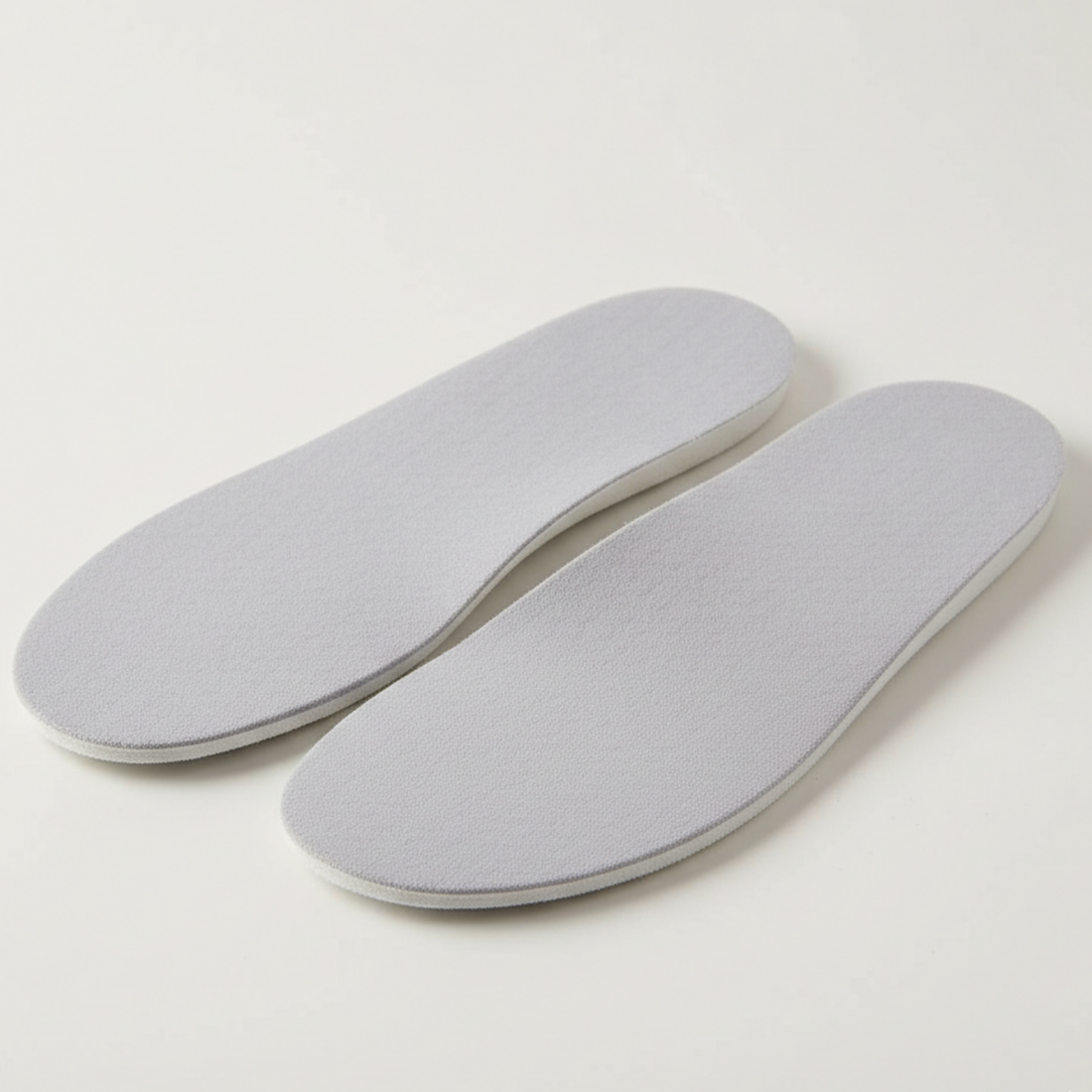5 signs your foot pain needs more than basic insoles
Insoles are often one of the first steps in treating foot pain at home. They provide cushioning and comfort, but they aren’t always enough. If you’ve been living with persistent discomfort which is not improving with standard over-the-counter insoles, you might be overlooking a more complex musculoskeletal issue.
Here are 5 key warning signs that your foot pain needs more than basic insoles.
1. Persistent pain
Most people start with simple cushioning insoles because they’re affordable and highly abundant. These can provide short-term comfort by cushioning the foot. However, if your pain continues beyond a couple of weeks, even with daily use, it’s a sign something else is happening.
- Why this matters: Ongoing pain often points to a bio-mechanical (musculoskeletal) problem, contributing to excessive plantar pressure and abnormal forces through the foot/ankle. Basic insoles may cushion some of the discomfort by absorbing some of the ground-reaction forces, but don’t correct the underlying pressure imbalance.
- What to do next: If there is a specific area under the foot which is causing discomfort, consider trying a customisable pressure-relief (offloading) insole that allows you to adjust and target pressure relief at that area. If your pain is severe, difficult to pin point, or is effecting a larger area, consult with a podiatrist of GP for further assessment.
2. Recurring pressure points: corns, calluses, and overloaded joints
Corns, calluses, and overloaded joints (very common under the ball of the foot), such as metatarsalgia, form when pressure builds up in specific areas of the foot over time. If pain from these conditions persist, even after improving your footwear and/or using pressure-relieving insoles, seek professional input (such as a podiatrist).
- Why this matters: These pressure points are your body’s way of warning you that your weight isn’t being distributed evenly. Left untreated, they can cause skin damage, forming painful lesions, such as corns, calluses, blisters, or even ulcerations (wounds) for ‘high-risk’ individuals - such as those with diabetes, peripheral vascular disease or rheumatoid arthritis.
- What to do next: Seek solutions that redistribute pressure away from high-stress areas. Customisable offloading insoles - such as ZeroSole are ideal because they let you reduce pressure in real time as problem spots arise. If you fall into the ‘high-risk’ category, see a healthcare professional for a full assessment and treatment plan before considering any over-the-counter treatment.
3. Pain that limits your daily activities
Foot pain that stops you from exercising, working, or even walking comfortably shouldn’t be ignored. If you find yourself avoiding activities you love because of discomfort, it’s a clear signal that standard insoles alone aren’t solving the problem.
- Why this matters: Activity-limiting pain can affect your entire body. Many people unconsciously change their gait (walking pattern) to avoid pain, which can lead to secondary issues in the knees, hips, and lower back.
- What to do next: Move beyond generic insoles. Look for pressure-relief systems or consult a podiatrist who can diagnose the cause of you pain.
4. Multiple failed treatments
If you’ve already tried a combination of self-care methods, such as rest, ice, stretching, massage, footwear changes, and insoles, and you’re still in pain, it’s time to stop guessing.
- Why this matters: Persistent pain after multiple treatments means the root cause isn’t being addressed. Common culprits include:
- Structural/bio-mechanical issues (e.g. flat feet, high arches)
- Chronic inflammation (plantar fasciitis, tendonitis)
- Repetitive strain from activity or work environment
- What to do next: Seek professional input by seeing a podiatrist who can assess your feet and your gait, and diagnose the cause of your pain. Once diagnosed, they can provide you with a full evidence-based treatment plan.
5. Pain after an injury
If you’ve sustained a significant injury or trauma to your foot it’s always best to have a professional check you over asap. For example, if you’re struggling to weight bear after an injury, and/or notice bruising or swelling I recommend organising a lift to your nearest minor injuries unit. If possible, elevate and apply cold compress to the area on your journey down. If you’ve only mildly injured your foot or ankle, follow the R.I.C.E (Rest, Ice, Compression, Elevation) guidelines, and if pain persists after a couple of days seek professional input.
- Why this matters: Medical professionals can fully assess the extent of your injury and implement the necessary treatment early on (e.g. immobilisation, if required) to ensure your chances of a full and quick recovery.
- What to do next: Ask yourself, is the pain intense? Is there swelling or bruising? Is it difficult to walk? If in doubt, go and see a medical professional as soon as possible.
Final Thoughts
Foot pain is more than an inconvenience, it’s your body’s way of telling you something needs to change. basic insoles are a good starting point, but they can’t solve every problem. If your pain is persistent, activity-limiting, or recurring despite multiple attempts at relief, it’s time to consider more advanced support.

